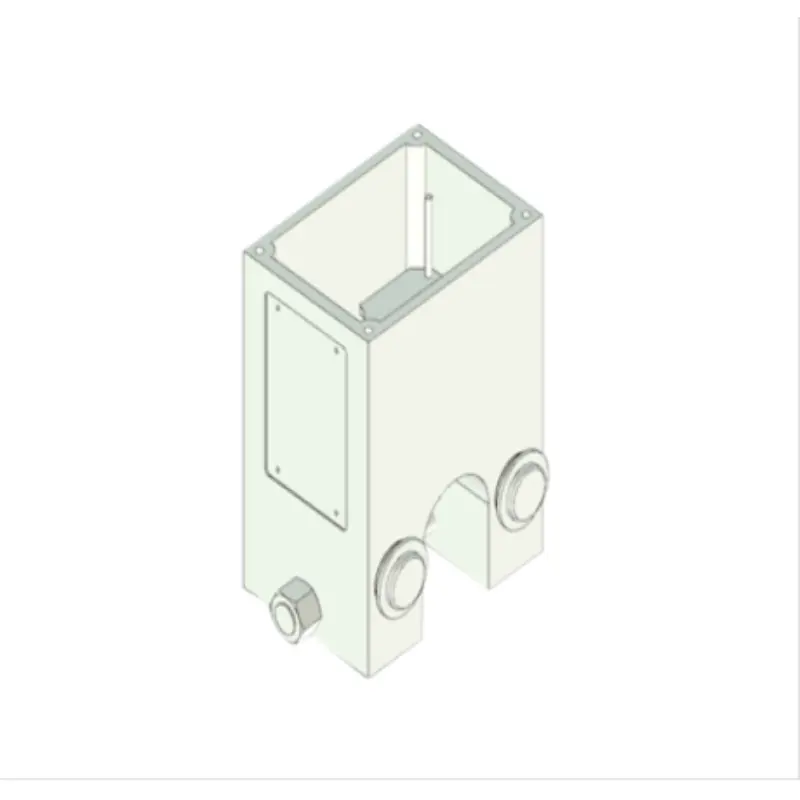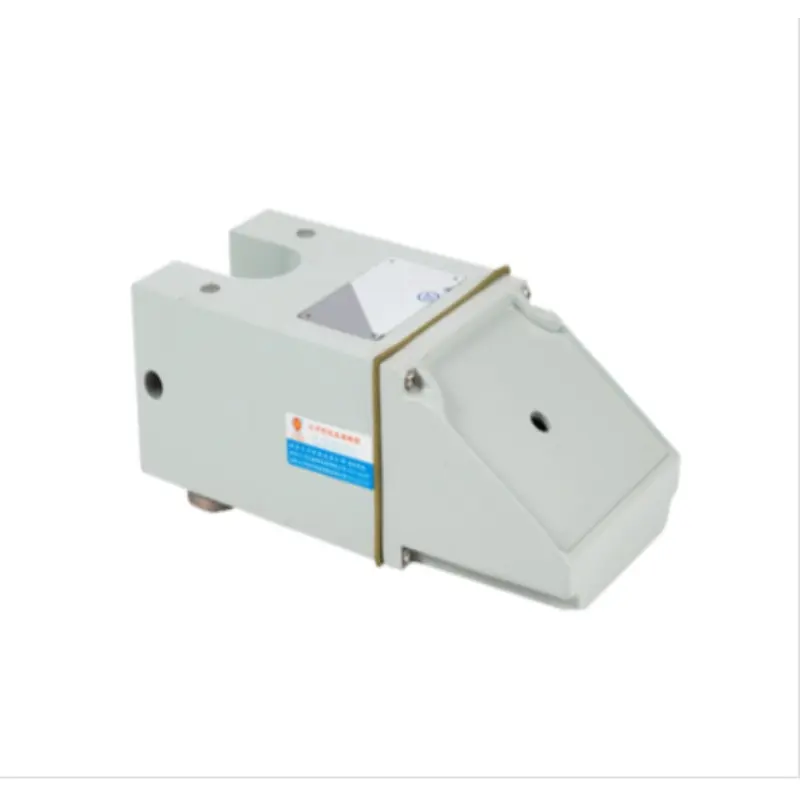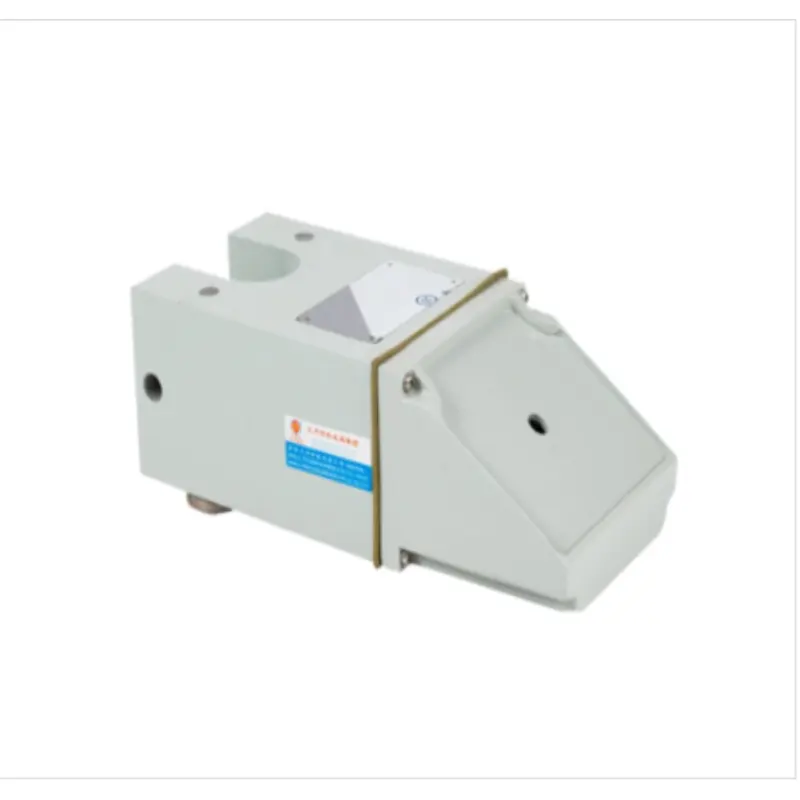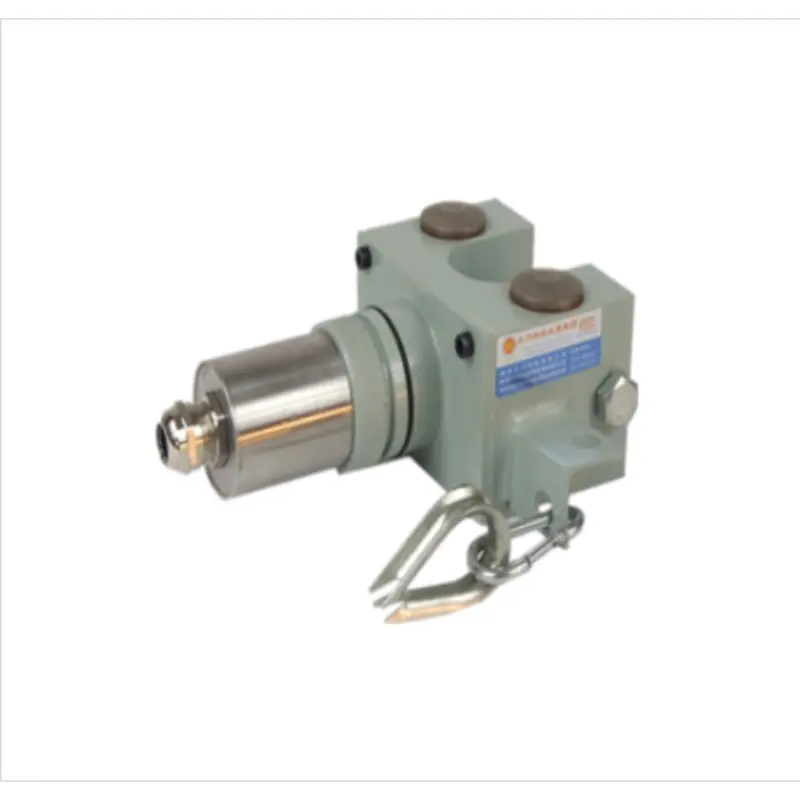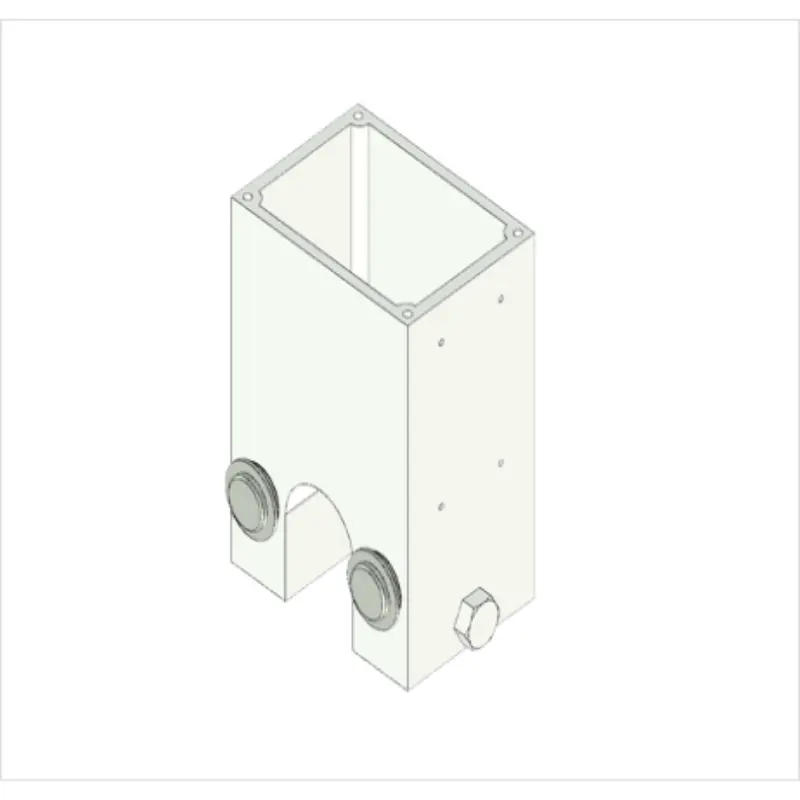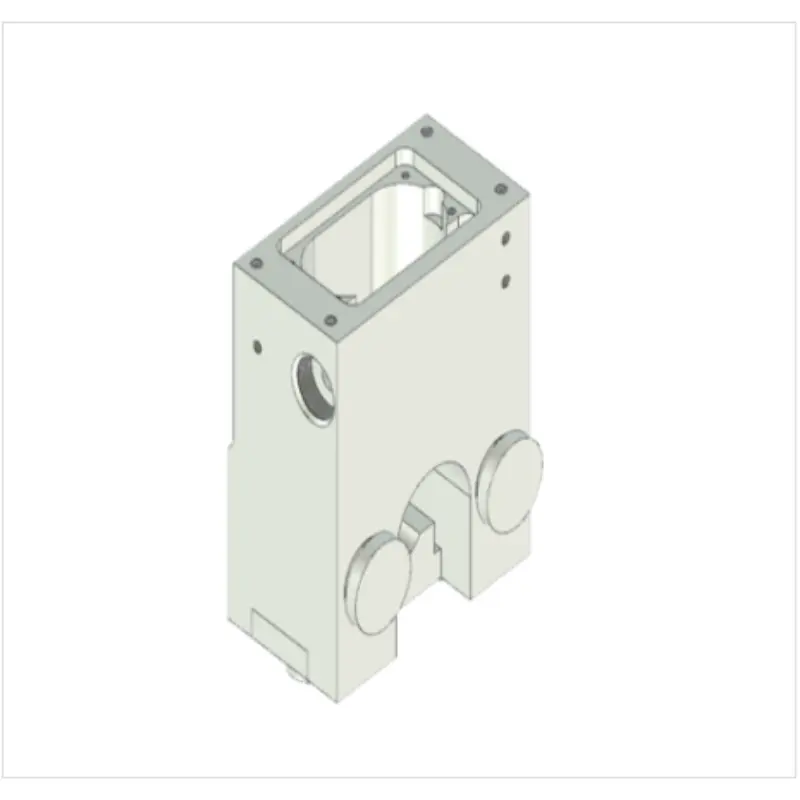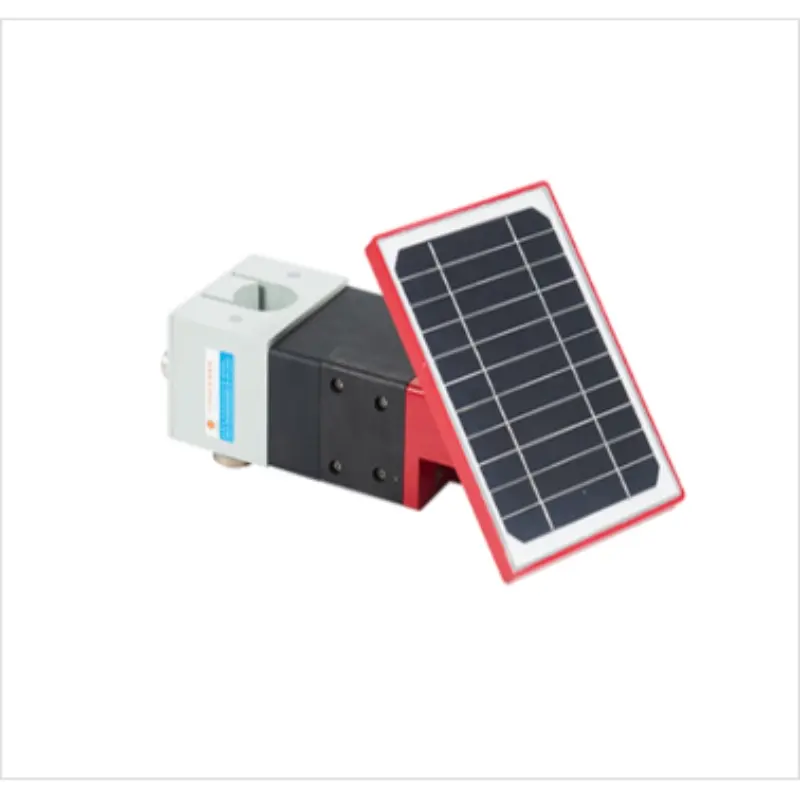
Load sensor / telemeter dynamometer SM35AWS-FL
Product Categories Load Cells
The SM35AWS-FL telemeter dynamometer is designed for the test of the dynamometer diagram of the pumping well. It is a high-performance wireless sensor product that integrates load and acceleration displacement measurement, low-power embedded single-chip microcomputer, and low-power long-distance wireless digital communication technology. It is one of the important front-end acquisition equipment for the construction of the digital oilfield oil and gas production Internet of Things developed with the advancement of the low-power wireless communication network technology LoRaWAN. It uses its own load sensor and acceleration sensor to perform periodic online synchronous measurement of the pumping unit suspension point load and the displacement of the light rod, and accesses the LoRaWAN communication network to achieve direct remote transmission of the dynamometer data that characterizes the working conditions of the pumping well.
1. Overview
The SM35AWS-FL telemeter dynamometer is designed for the test of the dynamometer diagram of the pumping well. It is a high-performance wireless sensor product that integrates load and acceleration displacement measurement, low-power embedded single-chip microcomputer, and low-power long-distance wireless digital communication technology. It is one of the important front-end acquisition equipment for the construction of the digital oilfield oil and gas production Internet of Things developed with the advancement of the low-power wireless communication network technology LoRaWAN. It uses its own load sensor and acceleration sensor to perform periodic online synchronous measurement of the pumping unit suspension point load and the displacement of the light rod, and accesses the LoRaWAN communication network to achieve direct remote transmission of the dynamometer data that characterizes the working conditions of the pumping well.
The high reliability design adapted to the industrial environment, as well as the characteristics of high precision, simple installation, convenient maintenance, environmental protection and durability have won the recognition of users. It has been promoted and applied not only in major domestic oil fields such as Shengli, Daqing, North China, Changqing, Xinjiang, Qinghai, but also in some overseas oil companies. This product has obtained many patents and has independent intellectual property rights. Counterfeiting will be investigated.
2. Technical indicators
2.1. Working environment:
Ø Temperature, -40~70℃; relative humidity, 0~100%RH; atmospheric pressure, 86~106 kPa;
Ø Vibration, 10~500Hz, peak acceleration <19.6m/s2;
Ø AC external magnetic field ≤400A/m.
2.2. Power supply:
Ø HYLB-1555 lithium battery pack, maximum open circuit voltage, 3.6V; maximum short circuit current, 100mA;
Ø Polycrystalline silicon solar panel, 173 mm × 135 mm × 5mm; maximum open circuit voltage 4.2V; maximum short circuit current 100mA.
2.3. Measuring performance:
Ø Load, range: 0~150kN, accuracy: 0.5%F.S, overload capacity: ≥1.5FS; stability: ±0.1%FS/year;
Ø Acceleration displacement, range: 1~12m, accuracy: 2.0% FS; impulse frequency: minimum 1 time/minute, accuracy: 1%;
Ø The maximum number of power diagram collection points is 255, and the collection period is ≥ 10 minutes. It can be set; open and stop well alarm.
2.4. Two types of wireless communications:
Ø ZigBee or SMSF (local communication): transmission distance (open direct line of sight) ≥ 300m; RF transmission power ≤ 10mW (+10dBm); receiving sensitivity: -103dBm; working frequency ISM2.4~2.5GHz communication protocol, ZigBee PRO 2007 or SMSF; can be customized according to needs.
Ø LoRaWAN (remote communication): Transmission distance (open direct line of sight): 3500m; RF transmission power: ≤100mW (+20dBm); Receiving sensitivity: -140dBm; Operating frequency 470~510MHz.
2.5. Explosion-proof mark:Ex ib II C T4 Gb, explosion-proof certificate number: CE18.2244X; protection level: IP68 (water depth 1m, duration 1h).
2.6. Dimensions:Length × width × height = 210 mm × 105 mm × 75 mm; U-shaped opening size: standard 40 mm, customizable.
2.7. Weight:4.6kg.
3. Appearance and structure
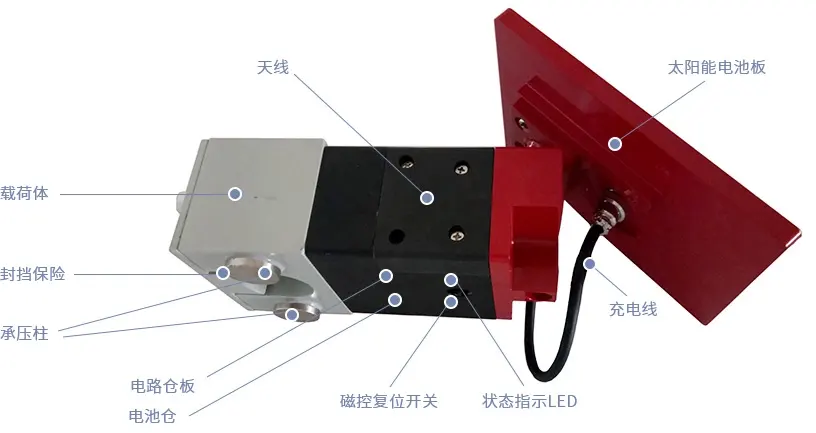
Figure 2. SM35AWS-FL telemetry dynamometer functional components diagram
4. Quick Instructions
4.1 LED status indication
| Status LED | Status Description | Sensor Status | Remark |
| red (Working mode, status, ZigBee communication) | Flashes 3 times with an interval of 0.4s | Reset | Indication after power is turned on again or after successful reset by the magnetic reset switch (the magnet is placed close to the "reset" indication position for 3 seconds). |
| Long light 2~20s | Joining ZigBeenetwork | Instructions for joining a ZigBee network after the sensor is powered on or reset for the first time. | |
| Stays on for more than 20 seconds until exiting | Successfully entered configuration mode | Perform common parameters, instrument calibration, power diagram control parameters, and acquisition cycle configuration. | |
| Flashing every 1s | Activity Status | LoRa network joining lasts for about 300s at most. If the network joining fails, the red light goes out. If the network joining succeeds, the green light flashes to send data. The sleep cycle is over and it automatically wakes up and entersActivity StatusIndication; in this state, the well opening and closing judgment will be carried out, and the indicator will flash for a while. | |
| Flashes 3 times with an interval of 0.4s, and repeats with an interval of 1s | Low battery | Low battery alarm. | |
| green (Power diagram measurement, LoRa communication) | Changliang | Measuring power diagram | The process lasts for at least one stroke cycle |
| Flashing every 1s | Sending a regular sequence | When LoRa (memory) joins the network successfully, send the regular sequence. Each time it is sent, it needs to wait for the base station to respond. If there is no response after 30s, resend, and try a maximum of 3 times. | |
| Sending power diagram data packet | After the power diagram measurement is completed and the LoRa (memory) network is successfully connected, the power diagram data packet is transmitted in multiple packets. Each data packet needs to be confirmed by the base station, otherwise it will be resent. The whole process depends on the network communication situation and lasts for about 30 minutes at most. |
4.2 Installation
1) Configure the well name and well field configuration (to establish a local wireless data communication network with RTU); Note: only for ZigBee wireless communication mode.
2) To ensure the efficiency of power transmission and reduce the battery consumption of the sensor, please arrange the base station distance reasonably to ensure that the signal strength RSSI ≥ -110dBm when the terminal sensor is working normally.
3) Professionals will place the sensor horizontally between the suspension block in the direction indicated by the "installation direction mark" to ensure that the "pressure column" is evenly loaded; after installation, be sure to securely tighten the "blocking fuse" with the matching screws.
4) Use the company's supporting test software to immediately conduct a power diagram test at the well site. For details, see the "SM Series Digital Wireless Sensor Operation Manual"
5.3 Notes
1) If the load sensor is not used for a long time, please disconnect the battery or set the measurement type to deep sleep mode and restore it when using it.
2) If there are any problems with the product during use, please contact our technical service personnel in time; do not disassemble the sensor by yourself, otherwise the warranty will be void!
3) The battery pack used in this sensor is an explosion-proof certified product provided by our company. If you replace it with other battery packs not provided by our company, our company can no longer guarantee the explosion-proof performance of the product and will no longer be responsible for the risks and consequences!
4) Please familiarize yourself with the "SM Series Digital Wireless Sensor Operation Manual" before on-site debugging.



